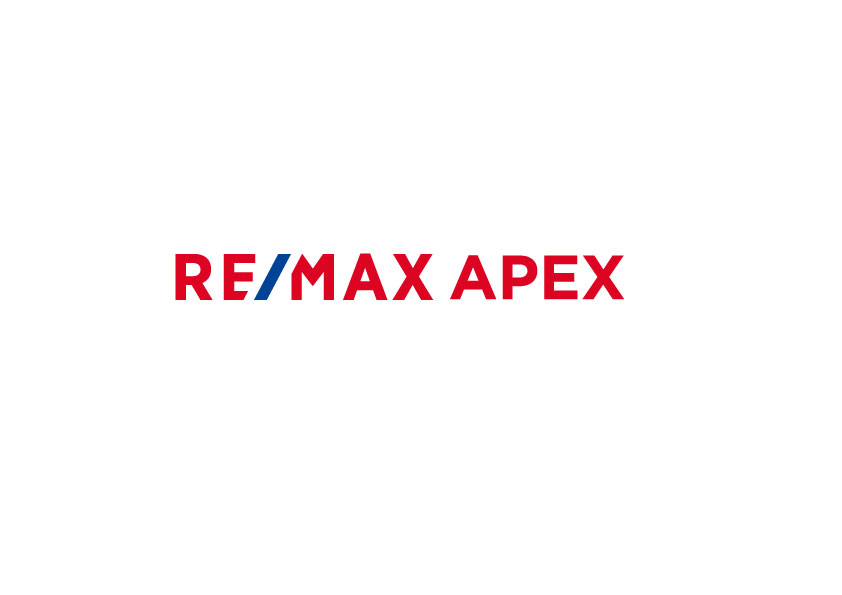Trends in the Nationwide New Condominium Market
At the end of last month (February 26, 2025), the Real Estate Economic Institute released data on the trends in the nationwide new condominium market for 2024.
The number of units released fell by 8.6% year-on-year, dropping below 60,000 units. While the Kansai and Tokai-Chukyo regions experienced only slight declines, the Tokyo metropolitan area saw a significant 14.4% decrease, dragging down the overall numbers. On the other hand, prices rose by 2.9% year-on-year, surpassing 60 million yen for the first time. In Tokyo’s 23 wards, prices exceeded 100 million yen for the second consecutive year, while Saitama and Chiba prefectures saw significant increases (Saitama up 13.8% year-on-year to 55.42 million yen, and Chiba up 18.9% to 56.89 million yen), pushing the average price for the greater Tokyo area above 50 million yen. The Kansai region also saw a 14.8% increase year-on-year, reaching 53.57 million yen, surpassing the 50 million yen mark.
These are the overall trends, but many people may feel that prices have risen sharply, especially in city center areas. In Kyoto, there is a sense that the price per tsubo (about 3.3 square meters) has been steadily rising by increments of 500,000 to 1 million yen. Even among the condominiums currently being sold, some are struggling due to high prices, while others are planning to raise prices in future phases.
In the past, condominium sales aimed for full completion and sale to avoid creating unsold inventory. If any units remained after completion, they were typically discounted for sale. However, in recent years, with rising land prices and construction costs, later-phase properties tend to be priced higher, meaning that properties that initially seemed expensive often become relatively affordable over time.
So, what lies ahead in this situation? Areas that can keep up with the rising prices are likely to see continued price increases for the next few years. However, in areas where buyers cannot keep pace with rising prices, it is expected that the supply of new condominiums will become increasingly difficult.
A similar trend is evident in the rental apartment market, where there are cases in suburban areas where construction is being reconsidered due to the inability to balance construction costs and rental income (i.e., rental income is insufficient to cover construction costs).
During the bubble era, as housing became unaffordable in city centers, residential development sprawled further and further into the suburbs. Many of the condominiums and new town properties built during that time are now difficult to sell. While prices in suburban areas such as Saitama, Chiba, Shiga, and Wakayama have been rising significantly, unlike the “gung-ho” era of the bubble period when buyers were eager to invest, the current economic outlook is uncertain. As a result, buyers are unlikely to pursue distant properties as they did back then, and developers are also unlikely to repeat the same mistakes.
As written in last month, If construction costs continue to rise, it is safer to consider purchasing condominiums in urban or central areas moving forward.

For additional information or any questions please contact us here
Email: info@remax-apex.com

